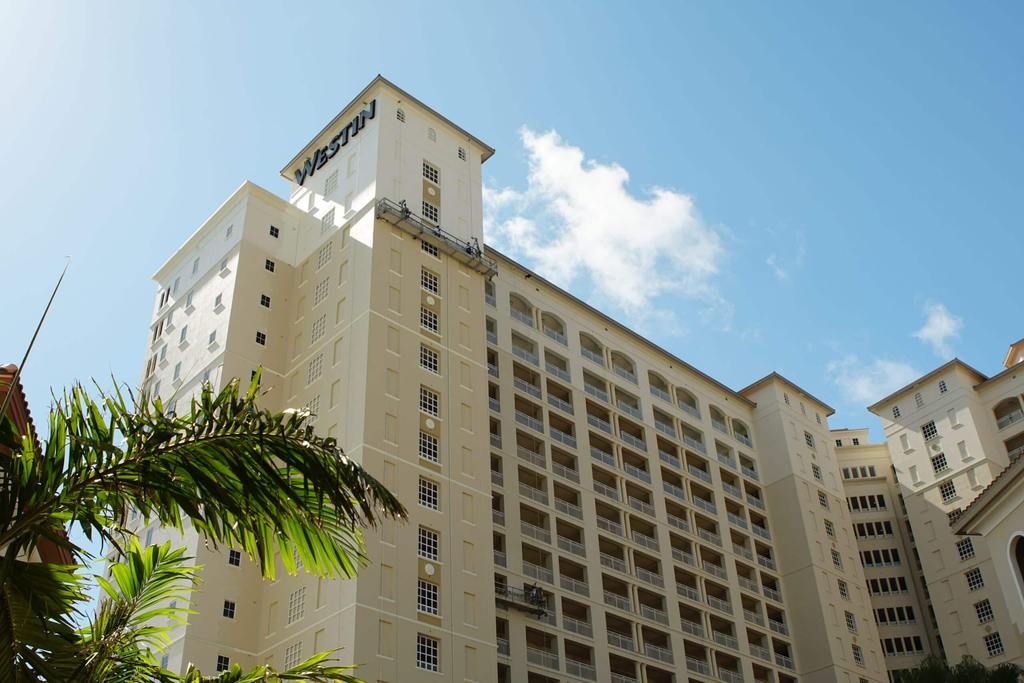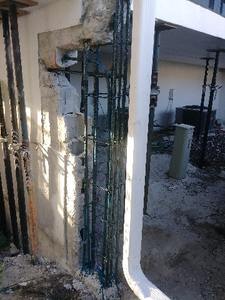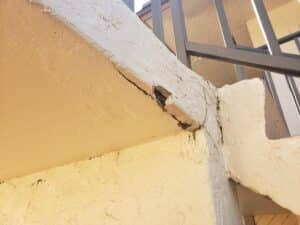Proper waterproofing is essential for maintaining the integrity and value of commercial properties. Waterproofing not only protects the structure of your building but also prevents costly damage caused by water infiltration. Water damage can lead to mold growth, structural deterioration, and even safety hazards. By investing in effective waterproofing solutions, you can safeguard your property against these risks.
When choosing a waterproofing method, it’s important to understand the different options available and select the one that best suits your building’s needs. Different buildings may require different waterproofing techniques depending on their construction, location, and exposure to water. Whether your building is prone to heavy rain, high humidity, or other environmental factors, selecting the right waterproofing approach can make a significant difference in its durability.
In this article, we will explore the importance of waterproofing, discuss various methods, guide you in choosing the right sealants, and provide steps to maintain waterproofed surfaces. Understanding these elements will help you make informed decisions and keep your commercial property in excellent condition for years to come.
Understanding the Need for Waterproofing in Commercial Properties
Waterproofing is essential for commercial properties to protect them from water damage. Water infiltration can lead to serious structural issues, including weakened foundations, mold growth, and deterioration of building materials. These problems can compromise the safety of the building and lead to costly repairs if not addressed promptly. By waterproofing your commercial property, you are ensuring its longevity and maintaining a safe environment for occupants.
Another important reason for waterproofing is to enhance energy efficiency. Moisture can affect insulation, making heating and cooling systems work harder to maintain desired temperatures. This can lead to increased energy costs. By effectively sealing the building from moisture, you can improve its energy efficiency, reduce utility bills, and contribute to a more sustainable environment. Waterproofing also helps in maintaining the aesthetic appearance of the property, preventing unsightly stains and damage caused by water intrusion.
Different Types of Waterproofing Methods
There are several methods available for waterproofing commercial properties, each with its own advantages. One common method is the use of liquid waterproofing membranes. These are applied as a liquid coating that dries to form a seamless, rubber-like membrane. This method is flexible and can conform to any surface shape, making it ideal for complex architectural designs.
Another method is sheet membrane waterproofing. This involves applying pre-fabricated sheets of waterproof material to the surface. These sheets are usually made of bitumen, rubber, or PVC. They are durable and provide excellent protection against water infiltration. Additionally, cementitious waterproofing is a popular choice, especially for areas that are regularly wet, such as basements and bathrooms. This method uses a cement-based mixture that creates a waterproof barrier on the surface.
Understanding the different types of waterproofing methods helps in selecting the most suitable one for your commercial property, ensuring long-term protection against moisture and water damage.
Choosing the Right Sealants for Your Building
Selecting the appropriate sealant is crucial for protecting your commercial property from moisture and other environmental factors. Different sealants are suited for different surfaces and conditions, so it’s important to choose one that meets the specific needs of your building. For example, silicone sealants are highly flexible and durable, making them a good choice for exterior joints and windows. They can withstand extreme weather conditions and provide a strong, watertight seal.
Polyurethane sealants are another option, known for their excellent adhesion properties and resistance to wear and tear. These sealants are ideal for areas subjected to heavy traffic, such as parking decks and sidewalks. Acrylic sealants, on the other hand, are best suited for interior applications where flexibility is less of a concern. By understanding the strengths and weaknesses of each type of sealant, we can make an informed decision that ensures long-lasting protection for our building.
Steps to Maintain Waterproofed Surfaces
To keep waterproofed surfaces in the best condition, regular maintenance is essential. Begin by conducting routine inspections to check for any signs of wear or damage. Look for cracks, bubbles, or peeling in the sealant, as these can indicate that the sealant is no longer effective. Address any issues promptly to prevent water from penetrating the surface.
Cleaning the surface regularly is also important. Dirt, debris, and chemicals can compromise the integrity of the sealant over time. Use a mild detergent and water to clean the surface, avoiding harsh chemicals that can damage the sealant. After cleaning, reapply the sealant if necessary to ensure continuous protection. By following these steps, we can maintain the effectiveness of waterproofed surfaces and prolong their lifespan.
Conclusion
Waterproofing is essential for maintaining the integrity and longevity of commercial properties. Regular inspections and timely maintenance can prevent significant problems such as water damage and structural issues. By choosing the right sealants and following proper maintenance steps, we can ensure that our buildings remain protected and in optimal condition.
For expert assistance with waterproofing, concrete restoration, and other vital construction services, reach out to McLeod’s Contracting Solutions. Our team is dedicated to providing top-quality solutions that meet your specific needs. Contact us, your ever-reliable waterproofing contractor, today to keep your commercial property in the best shape possible.







